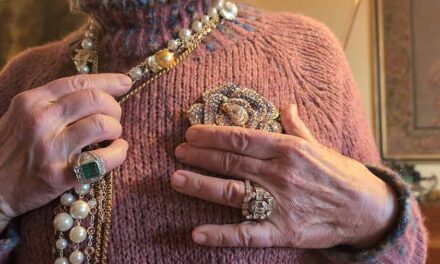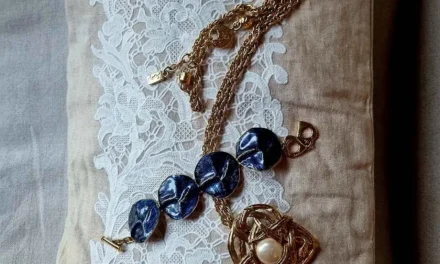When Francesca Cartier Brickell went hunting for a bottle of champagne in her grandfather’s cellar on his 90th birthday, she stumbled across something far more intoxicating. Buried beneath decades of dust sat a forgotten trunk filled with letters – a century-old treasure trove of family correspondence that would rewrite everything the world thought it knew about Cartier.
Inside, a 1915 letter from Pierre Cartier to his brother Jacques stopped her in her tracks. It was raw, emotional, and full of brotherly love: “You know from experience that my two brothers mean everything to me… It’s together that we developed our house and spread its fame to the four corners of the globe.” Pierre was pleading with Jacques, then recovering from tuberculosis, not to return to the Front during the First World War. Cartier, the family’s legacy, needed all three brothers alive and united.
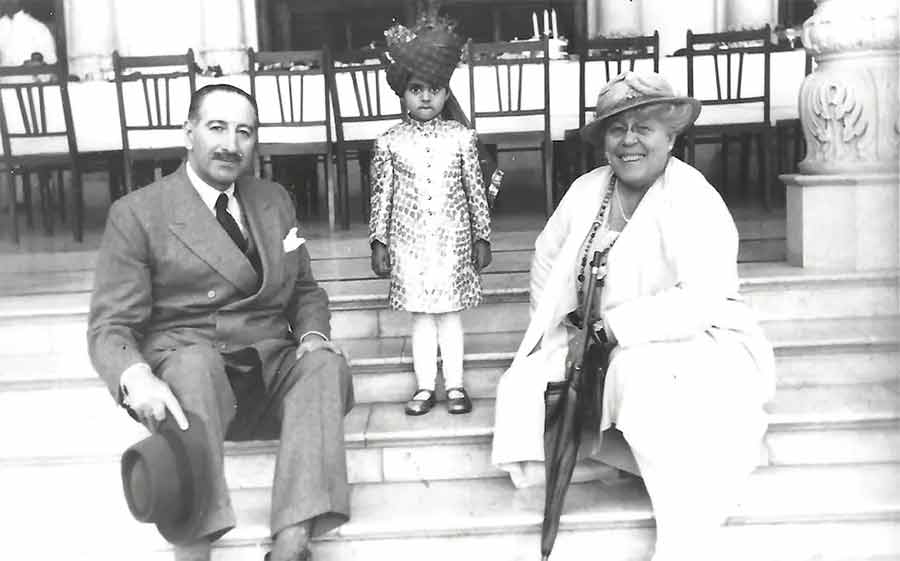
V&A Museum’s Landmark Cartier Exhibition
Now, for the first time, this poignant letter will be displayed as part of the V&A Museum’s landmark Cartier exhibition – the first major showcase of the maison’s work in three decades. The exhibition, opening April 12, 2025, gives long-overdue recognition to Cartier London, the branch Jacques Cartier brought to life with visionary elegance and quiet brilliance.
The Cartier brothers – Louis, Pierre, and Jacques – were audacious dreamers. As children in the late 19th century, they mapped out a plan on their bedroom floor: Louis would take Paris, Pierre would conquer America, and Jacques, the thoughtful youngest, would helm Britain and the glittering jewel of the empire – India. It wasn’t just a fantasy. By the early 20th century, they’d done it.
Edward VII
Cartier London opened in 1902 at the request of Edward VII, who wanted his coronation guests to buy their tiaras without crossing the Channel. By 1909, Jacques had moved operations to 175 New Bond Street – the same prestigious address it occupies today. The space quickly became a magnet for duchesses, American heiresses, and maharajas, all in search of treasures with tales.
Though often overshadowed by Paris, Cartier London developed its own identity, opening the renowned English Art Works in 1921, which soon became the UK’s finest jewellery workshop. The V&A exhibition brings that legacy into the spotlight with dazzling pieces: art deco tiaras, Egyptian-inspired brooches, whimsical gem-encrusted birds, and a rainbow of tutti frutti creations that could outshine any sunset in Delhi.
Jacques Cartier wasn’t just a businessman. He was an artist, an adventurer, and a man deeply in love – with his work, with his adopted England, and with a woman named Nelly Harjes. Theirs was a love story for the ages. Her father disapproved, dismissing Jacques as socially unworthy. So Jacques was challenged: prove your love by not contacting Nelly for a whole year.
He did exactly that. On day 366, he returned, vowing never to touch a cent of her fortune and never did.

Amethyst Brooch
Their story lives on in an exquisite amethyst brooch, Jacques’s love letter in gem form. Designed by him, the brooch places Nelly’s birthstone at the center, surrounded by four diamonds – one for each of their children – framed in his own birthstone, sapphire. It will be on display at the exhibition, a shining symbol of both romance and craftsmanship.
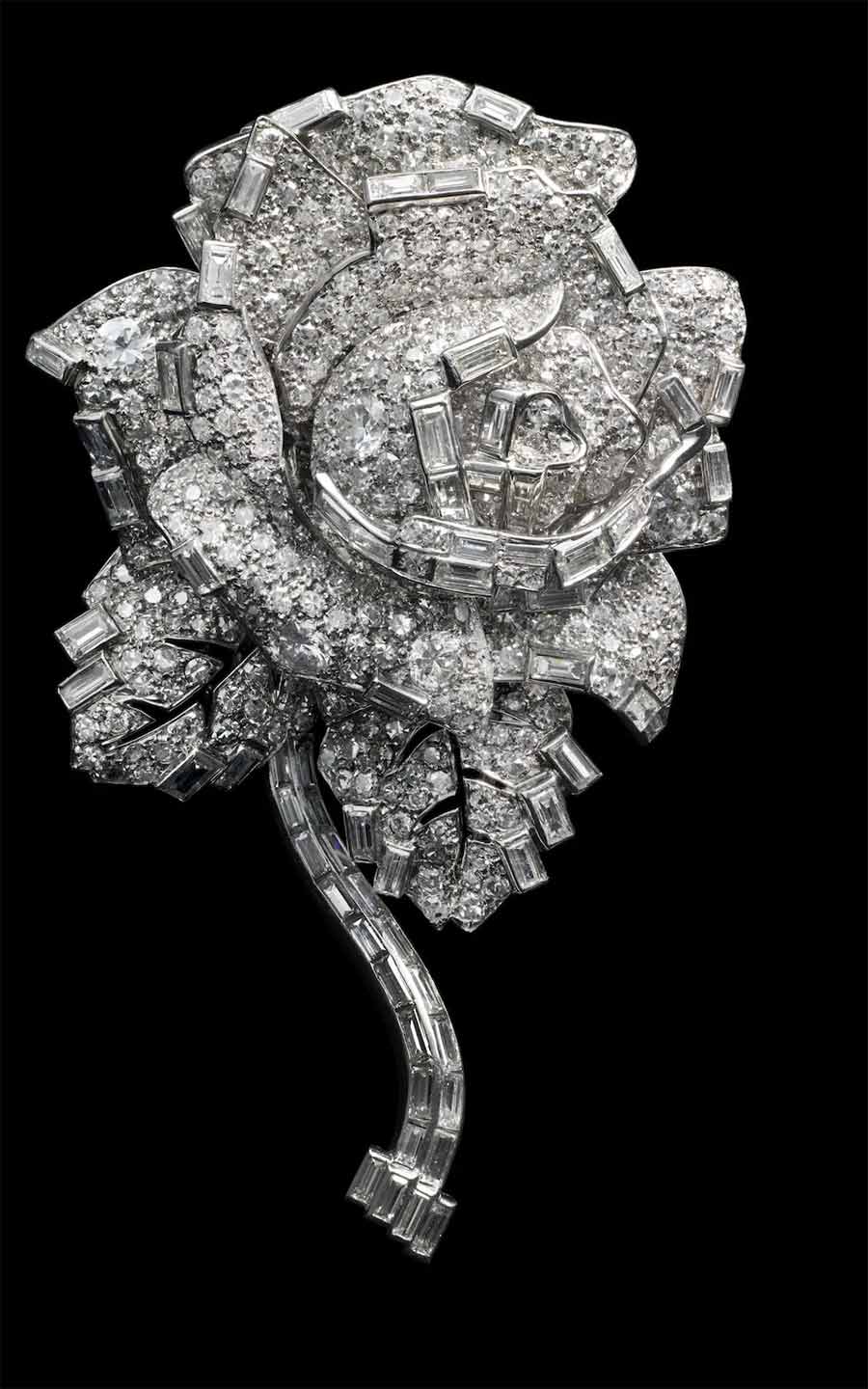
Jacques embraced England with devotion. He and Nelly settled in Dorking, surrounded by clients and friends: Isadora Duncan, Vita Sackville-West, and even Prime Minister HH Asquith.
Asquith’s wife, Margot, later wrote, “Jewellers are not always great artists… but M Jacques Cartier was a wonderful friend.
Courteous, kind, unself-seeking – a true ambassador between the France he loved and the England he admired.”
Jacques believed in nurturing British talent over importing Parisian craftsmen, even when it cost more. During the 1930s, as anti-foreign sentiment rose, Queen Mary paid a high-profile visit to Cartier London to spotlight its local workforce – and yes, she left with earrings at a royal discount.
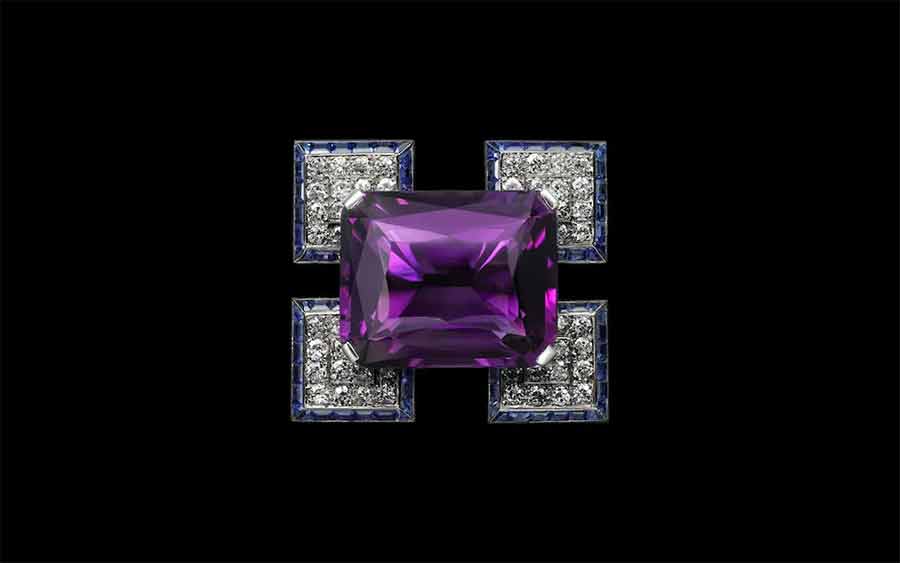
India
Cartier’s allure extended to India, where Jacques’s travels were legendary. His first journey in 1911 was a comedy of errors – no car, just a donkey, and the wrong inventory. Yet these early missteps led to deep ties with Indian royalty, whose lavish commissions sustained the house during Europe’s financial turmoil. His masterpiece? A necklace created for his dear friend, Ranji, the Maharaja of Nawanagar, using some of the world’s rarest diamonds. Though lost to time, its spirit lives on in the exhibition’s display of the Maharaja of Patiala’s enormous necklace, originally set with nearly 3,000 diamonds.
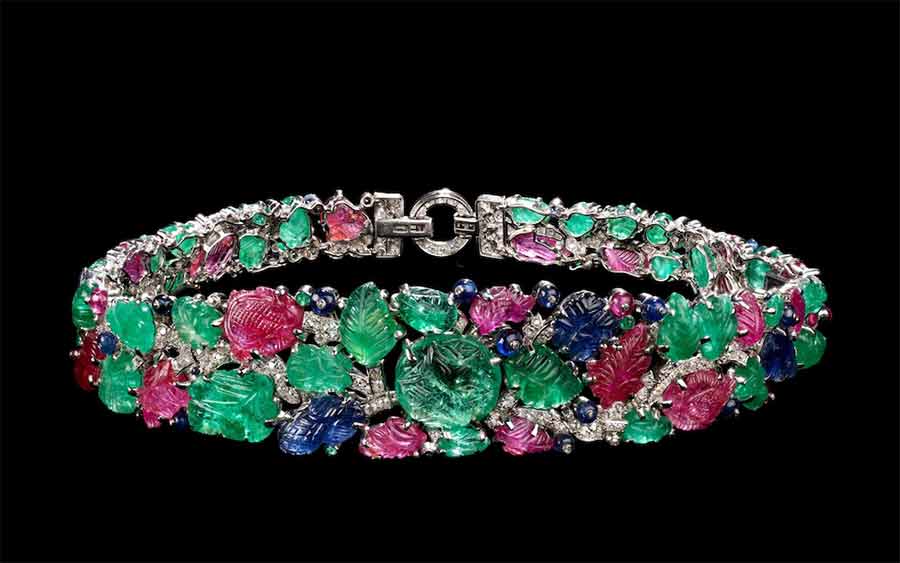
Inspired by India’s vibrant hues and the wild panthers he saw there, Jacques returned with new ideas. His travel sketches led to iconic pieces. Colour exploded into Cartier’s aesthetic. The tutti frutti style – bright carved rubies, emeralds, and sapphires – was born. Among the exhibition’s stars is a 1928 bandeau that transforms into two bracelets, once owned by Lady Mountbatten, Vicereine of India.
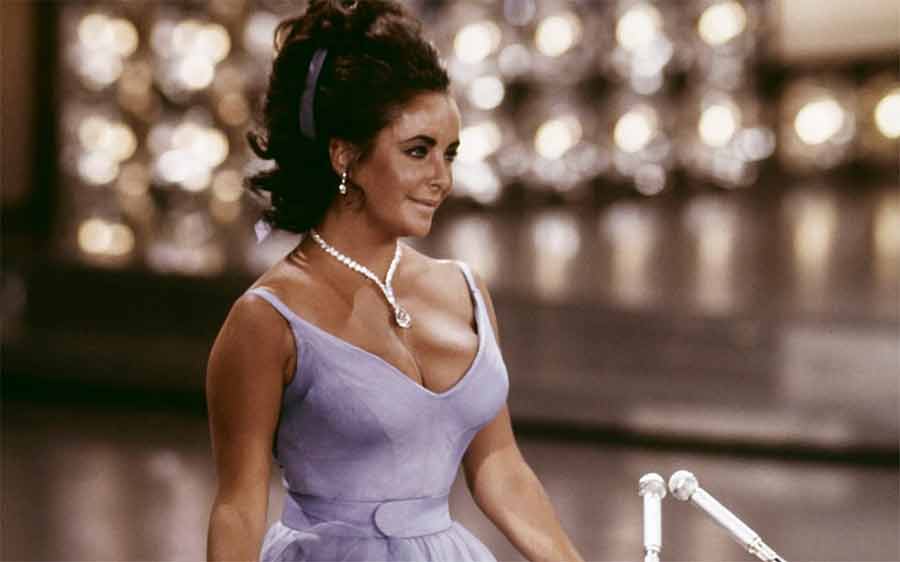
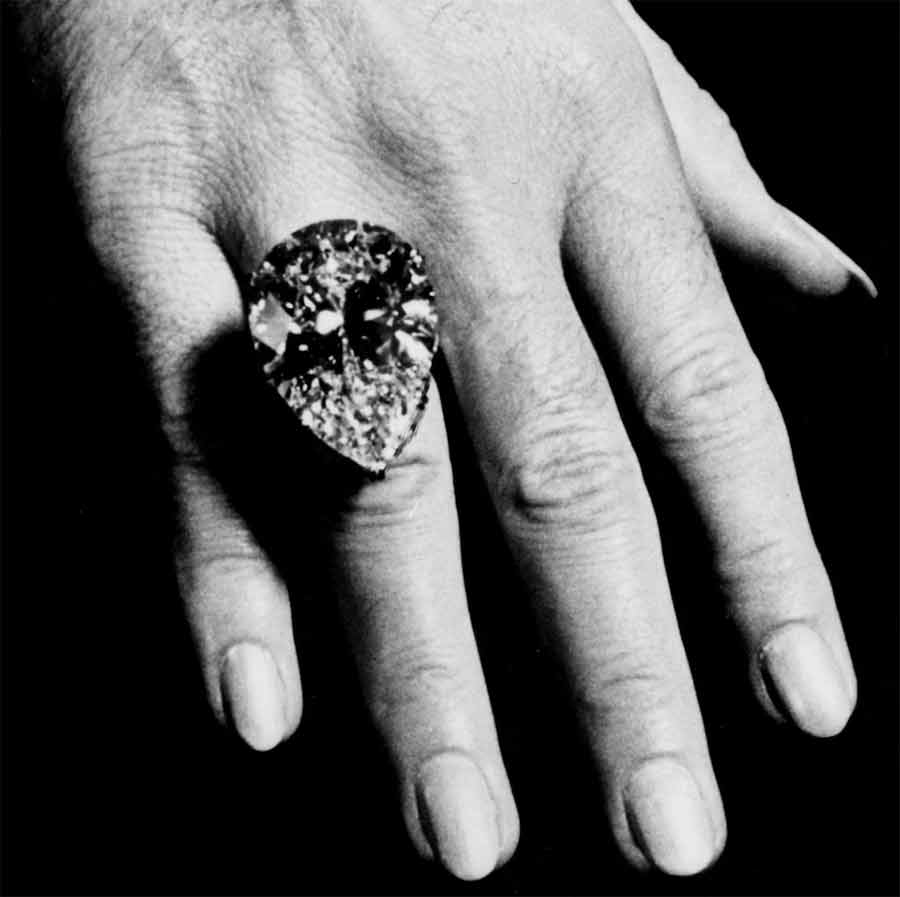
Crash Watch
His son, Jean-Jacques Cartier, inherited the vision. Jean-Jacques pushed boundaries further. He gave us the now-iconic Crash watch, its surrealist shape born not from a car accident, as legend suggests, but from a playful kink in the popular Oval design. Too avant-garde for its time – actor Stewart Granger returned his – it’s now a collector’s dream, fetching millions.
Jean-Jacques also brought elegance to royal commissions. Queen Elizabeth II’s pink Williamson diamond flower brooch and the lifelike gem-set stag’s head he designed for Belgian royalty are both on show, alongside original sketches that reveal the obsessive precision behind each piece.
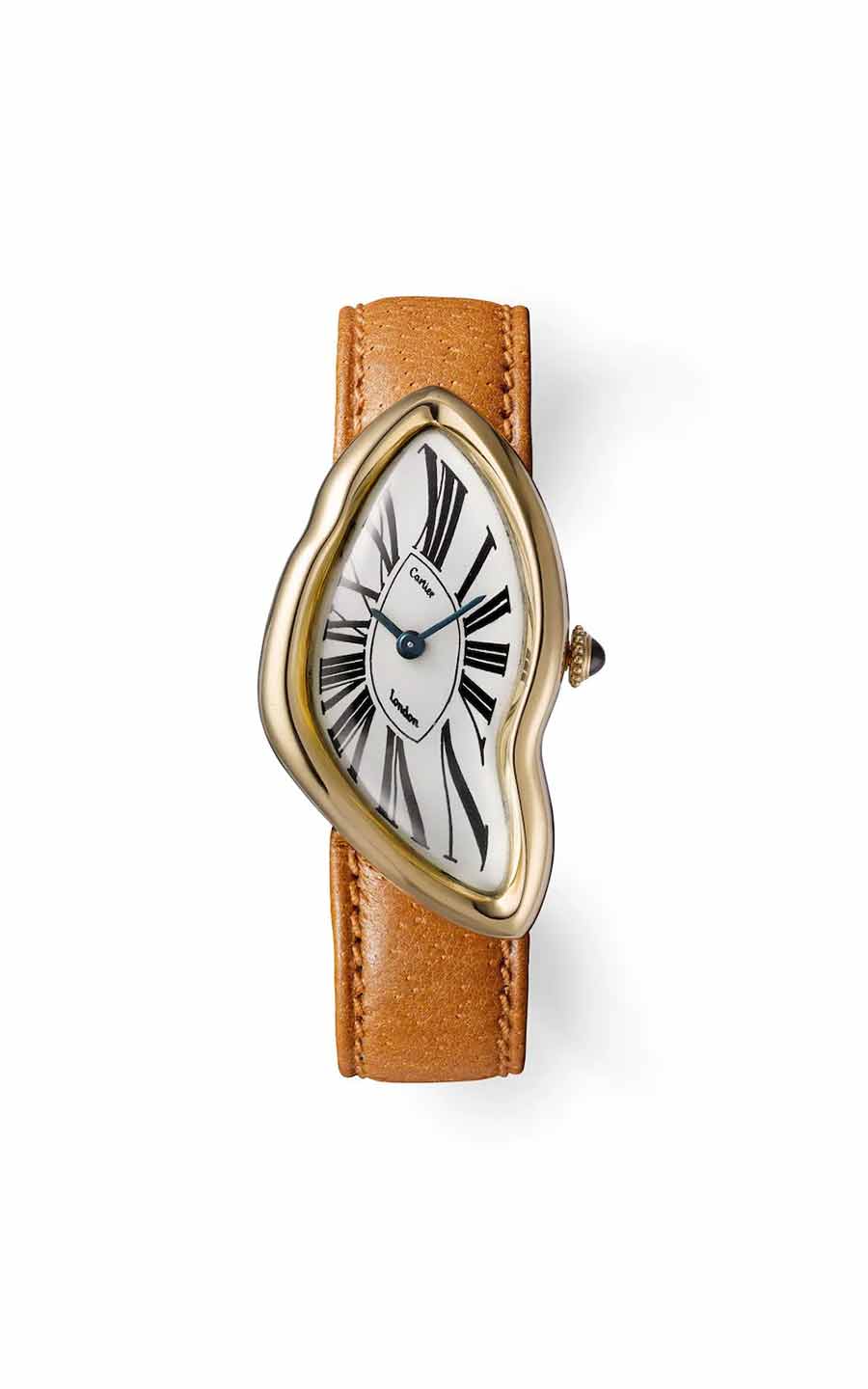
Cartier London was more than a brand. It was a family – quite literally. From designers to goldsmiths, generations of artisans worked side by side, sharing life’s triumphs and tragedies. They washed gold dust from their hair in workshop sinks, took mental health days before setting fragile Mughal emeralds, and told tales of Elizabeth Taylor clutching her 69-carat ring like a dragon guarding treasure.

This exhibition finally shines a light on the soul behind the sparkle – the people, the passions, and the perseverance that shaped Cartier London. Among all the precious gems, it’s that beating human heart that shines the brightest.
Cartier: Design, Craftsmanship, and the Global Brand will run at the V&A Museum, London, from April 12 to November 16, 2025.
Francesca Cartier Brickell will speak on Cartier London on June 19.

